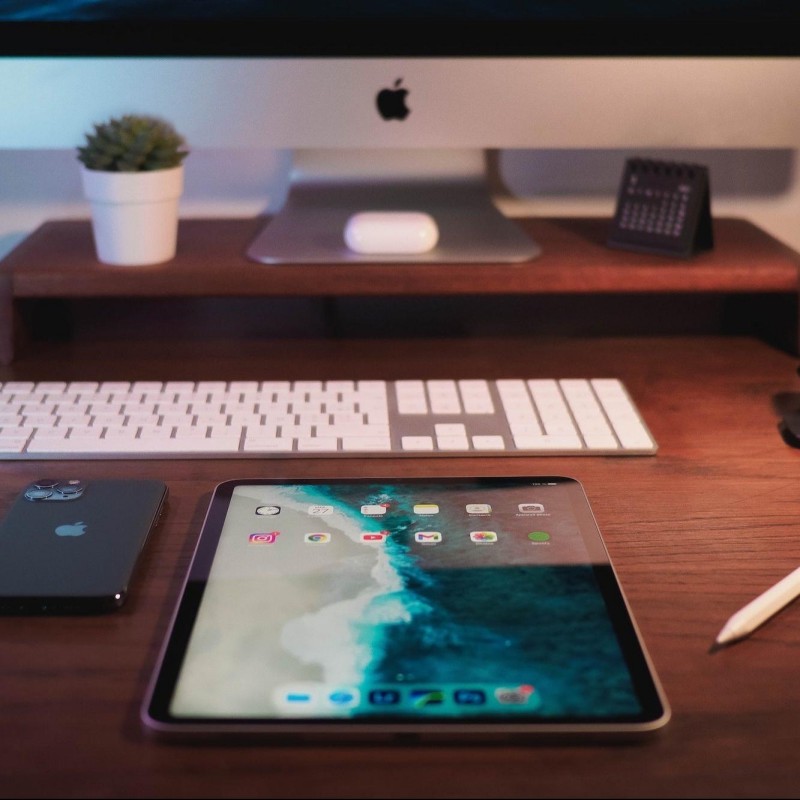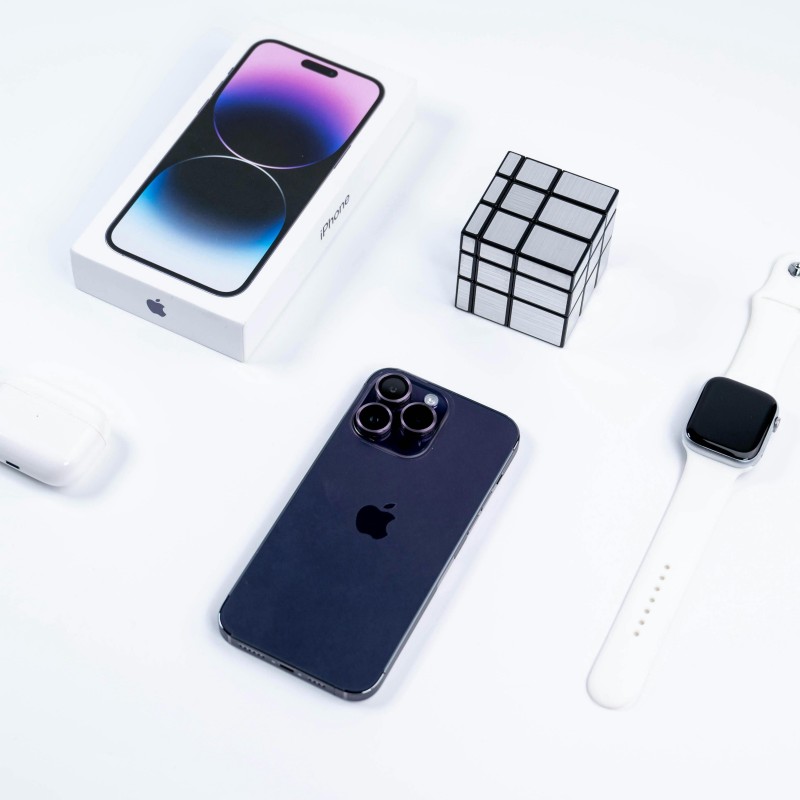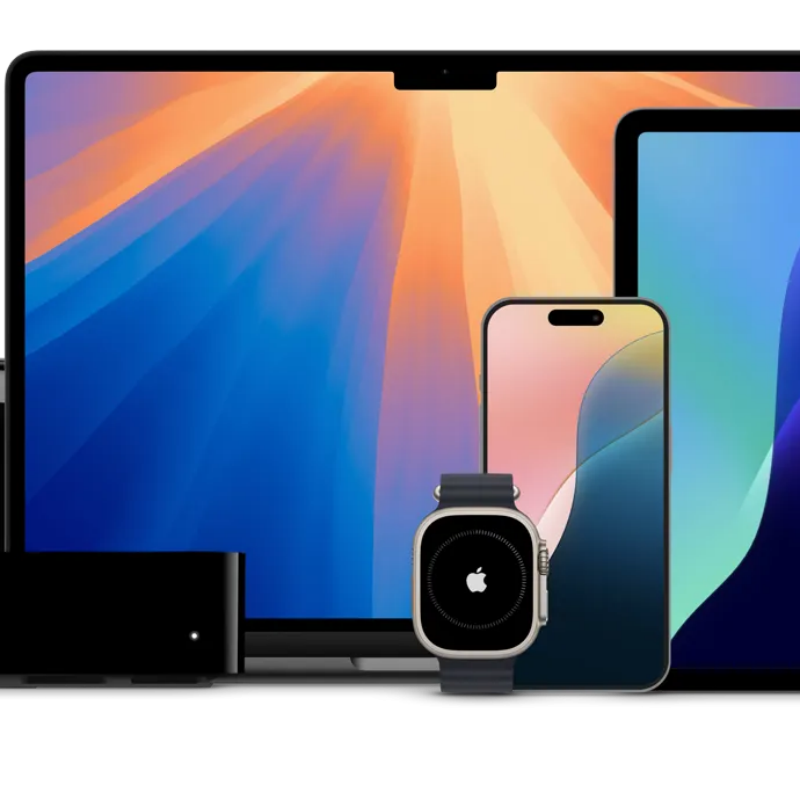In today’s digital age, electronics are an integral part of our daily lives. From smartphones and laptops to televisions and tablets, these devices have become essential for communication, entertainment, and productivity. Over time, however, screens accumulate dust, fingerprints, smudges, and other debris that can obstruct visibility and even affect device performance. To maintain the pristine condition of your electronics, investing in screen cleaning kits for electronics is essential. These kits are designed specifically to safely clean various types of screens without causing damage. They typically include specialized cleaning solutions, microfiber cloths, and sometimes additional tools for effective cleaning. In this comprehensive guide, we will explore the different types of screen cleaning kits available, their components, proper usage techniques, and tips for choosing the best kit for your specific devices. We will also address common questions and maintenance tips to ensure your electronics remain in optimal condition.
Understanding the Importance of Cleaning Screens
Maintaining clean screens is crucial not only for aesthetics but also for several functional reasons. Over time, grime and debris accumulate, making screens difficult to see. Imagine trying to read an email or watch a video with a streaky, smudged screen; it can be frustrating. Additionally, dirty screens can hinder touch responsiveness, leading to poor performance, particularly in devices like smartphones and tablets where touch interaction is vital.
Moreover, regular cleaning helps to eliminate bacteria and germs that thrive on the surfaces of your devices. Your hands come into contact with more germs than you might realize, and transferring these to your electronics can pose health risks. For these reasons, utilizing screen cleaning kits designed for electronics can enhance the longevity of your devices while contributing to a cleaner and safer environment.
Types of Screen Cleaning Kits for Electronics
Screen cleaning kits for electronics come in various forms, each designed to cater to specific cleaning needs. Understanding the types available can help you decide which kit best suits your devices.
Liquid Cleaning Solutions
Liquid cleaning solutions are a common component of many screen cleaning kits. They are typically alcohol-free and designed to safely clean sensitive screens without causing damage. These solutions often contain anti-static properties, which help repel dust and prevent fingerprints from accumulating after cleaning.
When purchasing liquid cleaners, look for those specifically formulated for electronics. They are usually safe for use on screens made of LCD, LED, OLED, and glass.
Microfiber Cloths
Microfiber cloths are an essential part of any screen cleaning kit. They are highly effective at removing smudges and fingerprints without scratching the screen. Microfiber’s unique structure traps dirt and dust, making it an ideal choice for delicate surfaces.
Most kits will include a microfiber cloth, but it’s wise to have extra on hand. These cloths can be washed and reused, making them a sustainable option for device maintenance. Always use clean, dry microfiber cloths to prevent transferring dirt back onto the screen.
Screen Wipes
Screen wipes are pre-moistened disposable cloths that offer convenience when cleaning your devices. They are easy to carry, making them perfect for on-the-go cleaning, whether you’re at home or traveling. Many screen wipes are individually packaged, ensuring they stay moist until you’re ready to use them.
When selecting screen wipes, ensure they are safe for electronics. Some wipes may contain harsh chemicals that can damage screens. Opt for those specifically labeled for electronic use.
Cleaning Sprays
Some kits feature specialized cleaning sprays that can be applied directly to the screen or onto a microfiber cloth for cleaning. These sprays are formulated to break down oils and grime effectively without harming the screen’s finish.
It’s essential to choose sprays that are free from ammonia and alcohol, as these can be detrimental to certain screen types. Always read the product labels before use.
Screen Brushes
A feature found in some screen cleaning kits is a small brush designed to remove dust and particles from hard-to-reach areas, such as the edges of screens or keyboard keys. These brushes are usually soft-bristled and safe for delicate surfaces, making them perfect for precision cleaning.
Selecting kits that include a brush can enhance your cleaning routine by providing you with tools for thorough maintenance.
UV Cleaners
Emerging technologies have led to the development of UV cleaners, which utilize ultraviolet light to kill germs and bacteria on surfaces. These devices are especially useful for electronic devices frequently used by multiple individuals, such as shared tablets in offices or schools.
While UV cleaners don’t visually clean screens, they offer an additional layer of hygiene that can complement regular cleaning practices.
How to Properly Clean Your Electronics
Using screen cleaning kits for electronics correctly is essential to achieving optimal results without damaging your devices. Here’s a step-by-step guide to effectively clean your screens:
Step 1: Gather Your Cleaning Supplies
Begin by gathering all necessary cleaning supplies from your screen cleaning kit. This includes your cleaning solution, microfiber cloth, screen wipes, or brush if you have them.
Step 2: Power Off Your Device
Before starting the cleaning process, always power off your device. This not only protects your screen but also allows you to see smudges and dirt more clearly against a black screen.
Step 3: Apply Cleaning Solution
If using a liquid cleaner or spray, apply a small amount directly onto a microfiber cloth. Avoid spraying the cleaner directly onto the screen, as this can lead to liquid seeping into openings, potentially damaging internal components.
Step 4: Wipe the Screen
Gently wipe the screen in a circular motion, applying light pressure. Start from the top and work your way down to ensure you’re not spreading dirt around. Take care not to rub too hard, as this can lead to scratches.
Step 5: Inspect for Residue
After cleaning, take a moment to inspect the screen for any remaining residue or streaks. If necessary, repeat the cleaning process with a fresh part of the microfiber cloth until the screen looks clear.
Step 6: Clean Surrounding Areas
Don’t forget to clean the edges and bezels of your device, as these areas often accumulate dust and grime. Use the soft brush if included in your kit for better precision.
Step 7: Allow to Dry
If you’re using a liquid cleaner, allow the screen to air dry before turning the device back on. This ensures no moisture remains that could lead to potential issues.
Tips for Choosing the Right Screen Cleaning Kit
With so many screen cleaning kits for electronics on the market, selecting the right one can be overwhelming. Here are some tips to help you find the best option for your needs:
Consider Your Device Types
Different devices may require specific cleaning solutions. For example, if you have a mix of devices such as smartphones, tablets, and a laptop, look for a versatile kit that works on various types of screens. Some products may specify compatibility with particular devices, so take note of this.
Check for Non-Toxic Ingredients
Avoid kits that contain harsh or toxic chemicals. Opt for eco-friendly or biodegradable screen cleaners to minimize your environmental impact. Always read labels to ensure safety, especially if children or pets use your devices.
Read Reviews and Ratings
Consider checking customer reviews and ratings for various screen cleaning kits. User experiences can provide insight into how effective and safe the products are. Look for kits that receive consistent praise for cleaning performance and ease of use.
Look for Value Packs
Some manufacturers offer value packs that include multiple products, such as sprays, wipes, and microfiber cloths. These bundled options can be more economical and ensure you have various cleaning tools at your disposal.
Ensure Accessibility
When choosing a screen cleaning kit, think about how easy it is to obtain. Kits should come with clear instructions on how to use them. They should also be readily available at local stores or online.
Common Mistakes to Avoid
While using screen cleaning kits for electronics, it’s important to avoid common mistakes that can lead to ineffective cleaning or potential damage. Here are some pitfalls to steer clear from:
Using the Wrong Cloth
Using paper towels or rough fabrics can scratch screens and leave behind lint. Always stick to high-quality microfiber cloths that are specifically tailored for cleaning electronic surfaces.
Over-Saturating the Cloth
It can be tempting to soak a cleaning cloth to ensure effective cleaning, but over-saturation can lead to moisture damage. Remember, less is more. Apply a small amount of cleaning solution to the cloth instead.
Not Following Instructions
Each product comes with specific usage instructions that should be followed closely. Not adhering to these guidelines can lead to dissatisfaction with the results or even damage to the screen.
Ignoring Cleaning Schedules
Delaying or skipping routine cleaning can lead to stubborn buildup that is harder to remove. Create a cleaning schedule based on how often you use your devices, aiming to clean screens regularly for optimal results.
Not Cleaning Accessories
Don’t forget to clean accessories like cases, keyboard covers, and touchscreens. These often harbor dirt and bacteria just like the screens themselves. Using a screen cleaning kit for these accessories can help maintain a hygienic and functional environment.
Alternatives to Commercial Screen Cleaning Kits
While screen cleaning kits for electronics are effective, there are also some home remedies and alternatives that can achieve similar results. Here’s a look at a few options:
Vinegar and Water Solution
A mixture of equal parts vinegar and distilled water can act as an excellent cleaning solution. Apply it to a microfiber cloth and gently wipe the screen to remove grime. Vinegar has natural antibacterial properties and leaves no harmful residue.
Isopropyl Alcohol
Diluted isopropyl alcohol (ideally 70% or less) can be useful for disinfecting screens. However, it’s crucial to make sure your device is compatible with alcohol-based cleaners, as some screens can be damaged.
Baby Shampoo
A mild baby shampoo mixed with water can serve as an effective cleaner. Just be sure to wipe it off thoroughly with a damp cloth afterward to avoid leaving any residue behind.
DIY Microfiber Cloths
If you’re looking to cut costs, consider creating your own microfiber cloths from old, clean T-shirts or other soft fabrics. Be sure these materials are lint-free and safe for gentle cleaning.
Conclusion: Maintaining Your Devices with Care
In conclusion, understanding the significance and proper usage of screen cleaning kits for electronics is vital for preserving the longevity and functionality of your devices. Regular cleaning not only enhances visibility and aesthetics but also contributes to a healthier environment by reducing germ accumulation.
Choosing the right cleaning kit, knowing how to utilize it effectively, and avoiding common mistakes are all essential steps in maintaining your electronics. Furthermore, understanding alternatives and potential DIY solutions can empower you to keep your devices clean without breaking the bank.
As technology continues to integrate deeply into our lives, a proactive approach to maintenance becomes increasingly important. With a solid understanding of screen cleaning kits and practices at your disposal, you can confidently ensure your electronics remain in top-notch condition, providing you with a seamless experience for years to come.